Limitations of air transport
In World War II , both China and the United States faced the threat of Japan, so the United States generally supported China's anti-Japanese cause. When Japan attacked Pearl Harbor, the United States' stance of assisting China in resisting Japan became even firmer.

However, although the United States was interested in providing material assistance to China, China at that time lost a large area of its eastern coastal area , and the possibility of receiving materials directly from the sea was almost zero.
Therefore, China and the United States can only turn their attention to China's southwest region, which is a place where the Japanese army cannot get involved and is also the rear area of China's Anti-Japanese War.
Here, Burma Highway and Hump Route together form the lifeline of China. So how helpful is the Hump route? In fact, the materials obtained by the Chinese army are very few and almost negligible.

In people’s minds, the Hump Route, as China’s only air transport route at that time, was naturally the Chinese army’s greatest reliance on material supplies. But in fact, the strength of air transport is not to transport materials in large quantities.

In World War II, the main transport aircraft used by the US military was the C-47. Its single carrying capacity reached 11 tons. However, due to the complex climatic conditions of the hump route, the carrier aircraft could not exert its full capacity, so the efficiency of air transport must be at least Taken in half, it is far inferior to sea transportation and railway transportation. When the
hump route was established, the monthly transport capacity was only about 800 tons, which was a drop in the bucket for the battlefield of the Anti-Japanese War.

Moreover, even from the Assam base in India, the starting point of the Hump Route, it is very difficult to obtain American supplies. After American materials are produced on the West Coast, they need to first arrive in Australia, then be transferred from Australia to a coastal port in India, and then transported by land to Assam. This process requires at least 20,000 kilometers. Since it is difficult for Assam to obtain material capital from the United States, the materials that can be shipped to China are naturally very limited.
Distribution of Materials
In addition to the limited transportation capacity itself, the proportion of material distribution on the Hump Route that can actually be used by the Chinese army to fight Japan is also very limited. According to archival records, the supplies on the Hump Route are mainly used for three purposes: anti-Japanese supplies for the Chinese army, financial supplies for the Chinese government, and consumable supplies for the US Air Force stationed in China.

Among them, the anti-Japanese materials of the Chinese army are materials that can really be used on the battlefield, such as guns, ammunition, and weapons and equipment; while the financial materials are mainly banknotes. During the war, China no longer even had the ability to print banknotes, so it could only Let the United States print money and then ship it to China; as for the supplies consumed by the US aviation force stationed in China, there are two main parts: one is the Flying Tigers , and the other is a somewhat whimsical plan-the Matterhorn Plan.

The Flying Tigers' achievements in the Anti-Japanese War are commendable, but the Matterhorn plan was too hasty. The plan is that the United States intends to take off B-29s from Chengdu, China, to conduct bombing operations against Japan.
When formulating this plan, the United States did not expect that the Pacific battlefield would go smoothly. The B-29s sent from Chengdu would inevitably require a large amount of aircraft aviation fuel . Therefore, the hump route became the basis for the US military's B-29s. The main channel for transporting aviation fuel. Naturally, the actual transportation capacity that can be used for the Chinese army's anti-Japanese supplies is getting smaller and smaller.

Therefore, the American Arms Expeditionary Force that originally went to Burma did not really use many American weapons. Most of the equipment was obtained from the British Army stationed in India. When a large number of fine art weapons were equipped with the Chinese army, it was actually after Japan surrendered, and those art weapon masters became the elite troops of the Kuomintang. Therefore, judging from the transportation results of materials, the Hump Route has a greater symbolic significance for China's Anti-Japanese War, but its practical significance is much smaller.

China's lifeline
However, in 1945, the Hump Route did briefly qualify as China's lifeline. Its monthly transport capacity reached 80,000 tons at that time, 10 times that of the Burma Highway. Why has its transport capacity soared hundreds of times in just a few years? This is actually related to the achievements of the Chinese Expeditionary Force.

In 1944, the Japanese army once launched the Imphal Battle to attack India. As a result, with the cooperation of the British Army in India and the Chinese Expeditionary Force, the Japanese army suffered a disastrous defeat, and more than half of the 100,000 Burmese front troops were lost. The Chinese Expeditionary Force took advantage of the victory and pursued it. By 1945, it basically forced the Japanese army to the eastern part of the Indochina Peninsula, leaving the Japanese army unable to threaten the Burma Highway. The safety factor of the hump route has been greatly improved, and the transport crew can boldly improve transport efficiency.

In addition, the opening of the Burma Highway has also laid an oil pipeline, so that the fuel for US military fighter jets stationed in China no longer needs to occupy the precious hump route capacity. The efficiency of air transportation of oil is very low, with a waste rate of up to 40%. Pipeline transportation avoids the embarrassment of "consuming one ton for every three tons transported." On these foundations, the Hump Route truly provided strong support for the Chinese battlefield.

In April 1945, in the Battle of Western Hunan, the Chinese and Japanese armies had their last large-scale head-on confrontation, which ended in a disastrous defeat for the Japanese army. In this battle, the Chinese army had abundant material supplies, but the Japanese army changed its style of strong firepower in the early stages of the war and fought timidly due to lack of supplies. In the end, Japan's battle loss ratio was higher than that of the Chinese army, which proved that China The military level of the army will never be worse than that of Japan. With sufficient supplies of materials, it is fully qualified to fight the Japanese army.

However, the improvement of the hump route’s transport capacity was already near the end of the Anti-Japanese War, and its effect on the overall situation is still limited. But the international anti-fascist spirit it reflects is still worth cherishing.
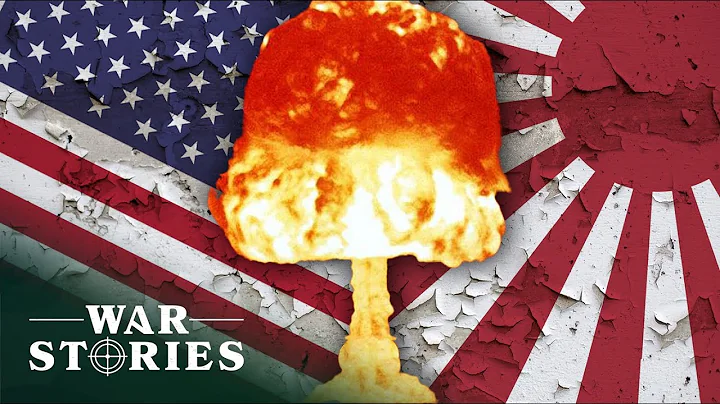


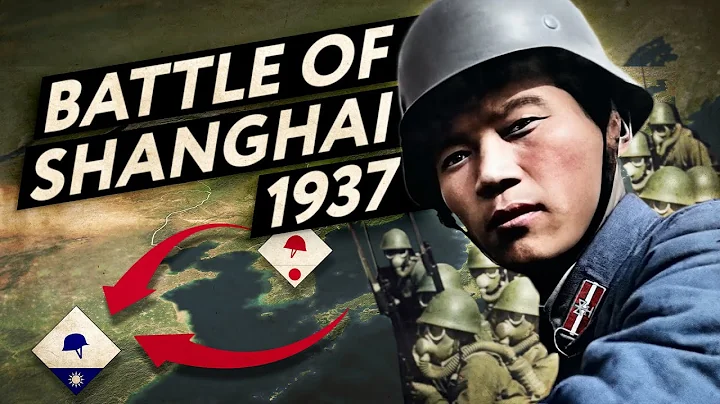
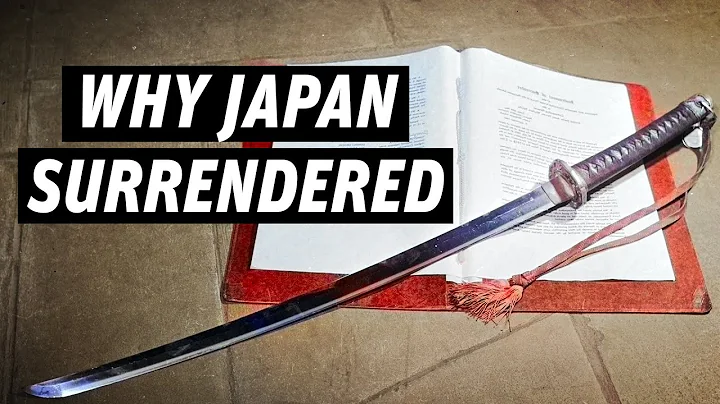
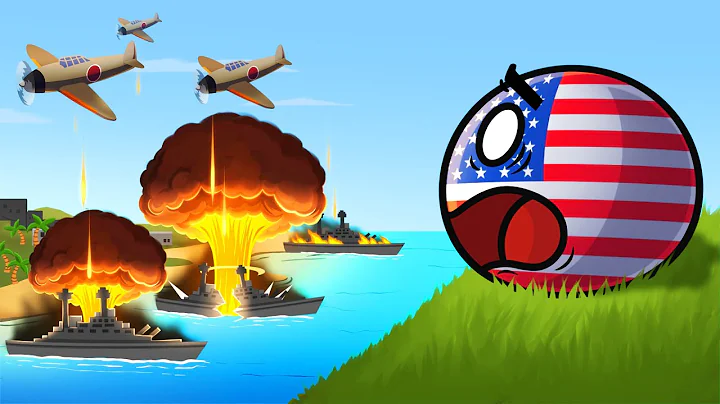




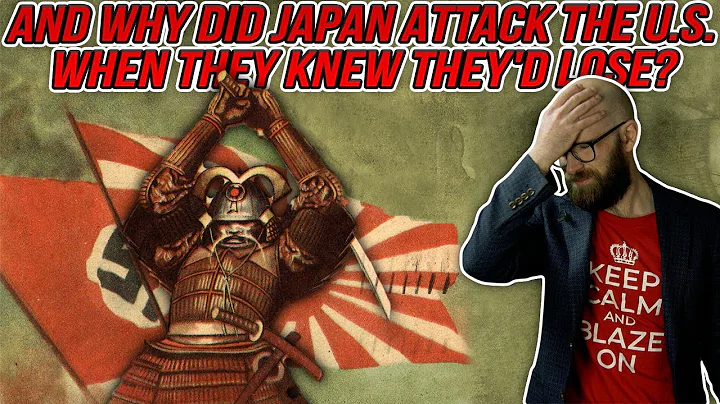
![Let us learn about global hot topics together! Click [Follow] Pallets of ammunition, weapons and other equipment bound for Ukraine are processed through the 436th Air Port Squadron at Dover Air Force Base, Del. Europe will mean increased demand from its allies for integrated miss - DayDayNews](https://cdn.daydaynews.cc/wp-content/themes/begin/img/loading.gif)









